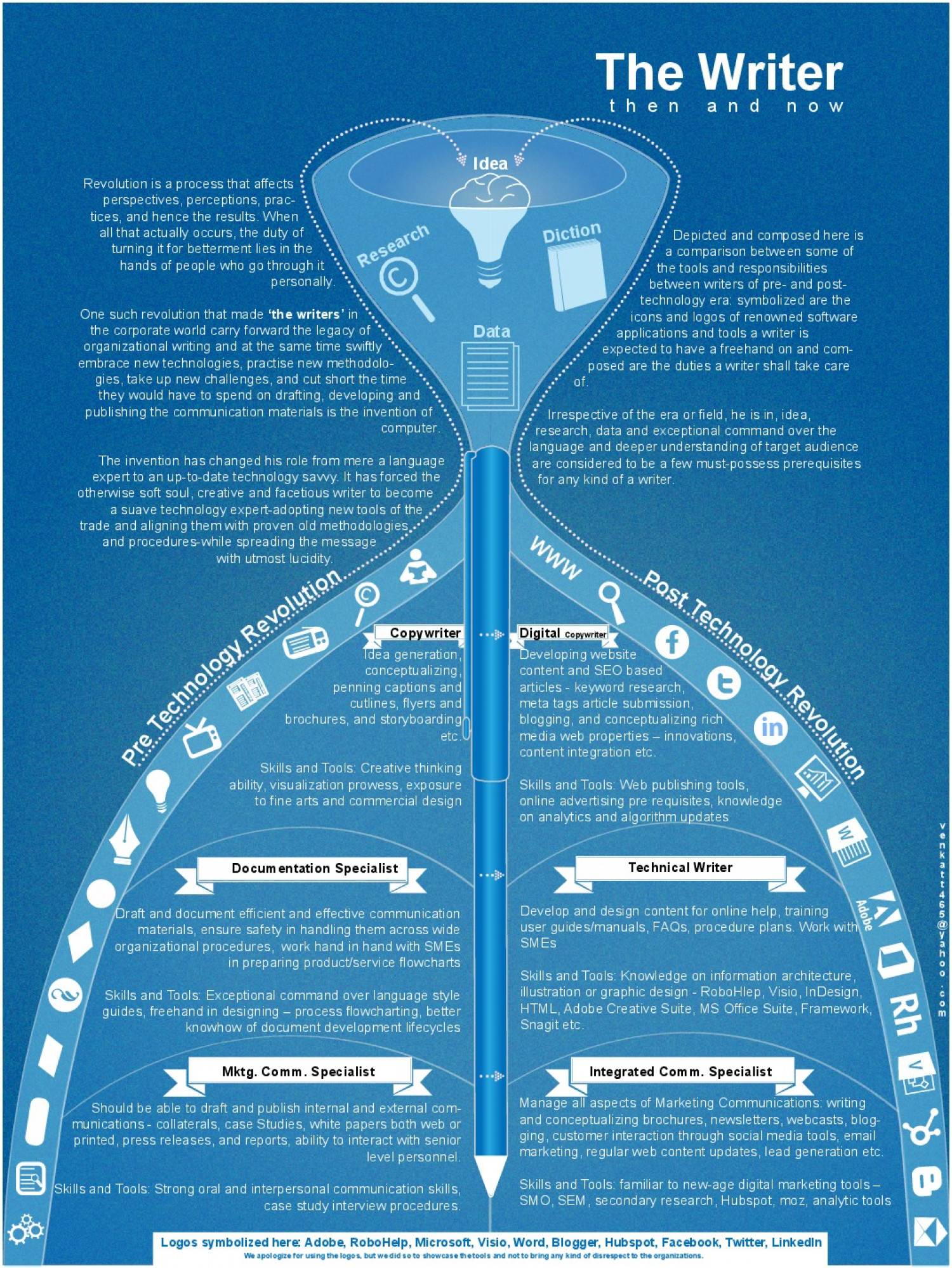There are three types of visual writers: the Context-free writer, the Context-filled writer, and the Context-free elliptical visual thinker. Each of these four types of visual writers has its own strengths and weaknesses, and each style of writing is equally important. You’ll find that you’ll write much more effectively in each category if you consider all of the differences and benefits of each. Regardless of how you approach visual writing, the key is to avoid being caught in the middle.
Contextless visual thinker
The Contextless Visual Writer shows a lack of concern for setting context, cueing the reader to activate schemata, and introducing topics. Such a style leads to poor writing, which often lacks direction. Here are some common signs of a Contextless Visual Writer:
Inexact word choices. Visual thinkers tend to layer words, enclosing one thought in another and making relationships between statements difficult to understand. The result is a passage that lacks any context, which may be difficult to reread and revise. In addition, visual thinkers tend to write in a single word, which may be associated with several other thoughts at the same time. This type of writing requires the reader to interpret a passage in ways that may not be completely clear to them.
While visual thinkers often produce better writing, a mismatch between their visual thinking and writing skills results in consistently bad writing. These students may be accomplished visual thinkers who thrive in the field and are talented students, but struggle with the verbal bias of schooling. To combat this problem, teachers can train students to think in a more visual way. It is important to note, however, that visual thinkers are often the ones who struggle with the most standardized tests.
Context-free visual writer
A Context-free visual writer is one whose work is lacking in meaning because of a lack of context. Often, a visual thinker will write as if it were a conversation that took place a week ago. Words are layered, the idea is encased within another, and the writer networks words in various ways. Because they think in images, their sentences may contain several meanings at once, and they tend to leave out details that help explain context.
Moreover, a reader can grasp a handful of seemingly unrelated elements at once. Psychologists have found that people can remember five items, even though they may be unrelated. For example, a picture of a face may contain many distinct elements within a broader visual whole. Similarly, a good writer creates similar wholes to make their work understandable to a reader. These wholes are often called narratives, story forms, theories, outlines, organizing metaphors, and logical progressions. These devices are crucial to any visual writer’s skill set.
Similarly, a Context-Free visual writer has a tendency to use a few key words repeatedly, without providing much context or developing mental pictures. It is also cryptic. Though a Context-Free visual writer has a vast gallery of almost a thousand works of art, they often don’t provide enough information for a reader to understand them. The good thing about this program is that it is free to download. It also comes as a print book.
Context-filled visual writer
To become a context-filled visual writer, you need to create the right kind of images to enhance the writing of your story. This is easier said than done, though. There are five basic rules that you must follow when using visual elements in your story. Adding visuals to your story will add more depth to your story and will enhance your reader’s experience. Keep reading for more tips on becoming a context-filled visual writer.
Context-free elliptical visual writer
A visual thinker is likely to struggle with the mental technology required for writing. While “packed” prose makes sense when typed as free verse, “elliptical” prose fails to convey its meaning. The result is that students often fail college writing assignments and struggle to write in a style that conveys meaning. However, there are many ways to become a better visual thinker. Learn to apply unifying devices.
If you're interested in learning more about copywriting, click here to check out a great course. It'll teach you everything you need to know to start writing effective copy that sells.
Did you miss our previous article…
https://thewritersden.top/?p=239
